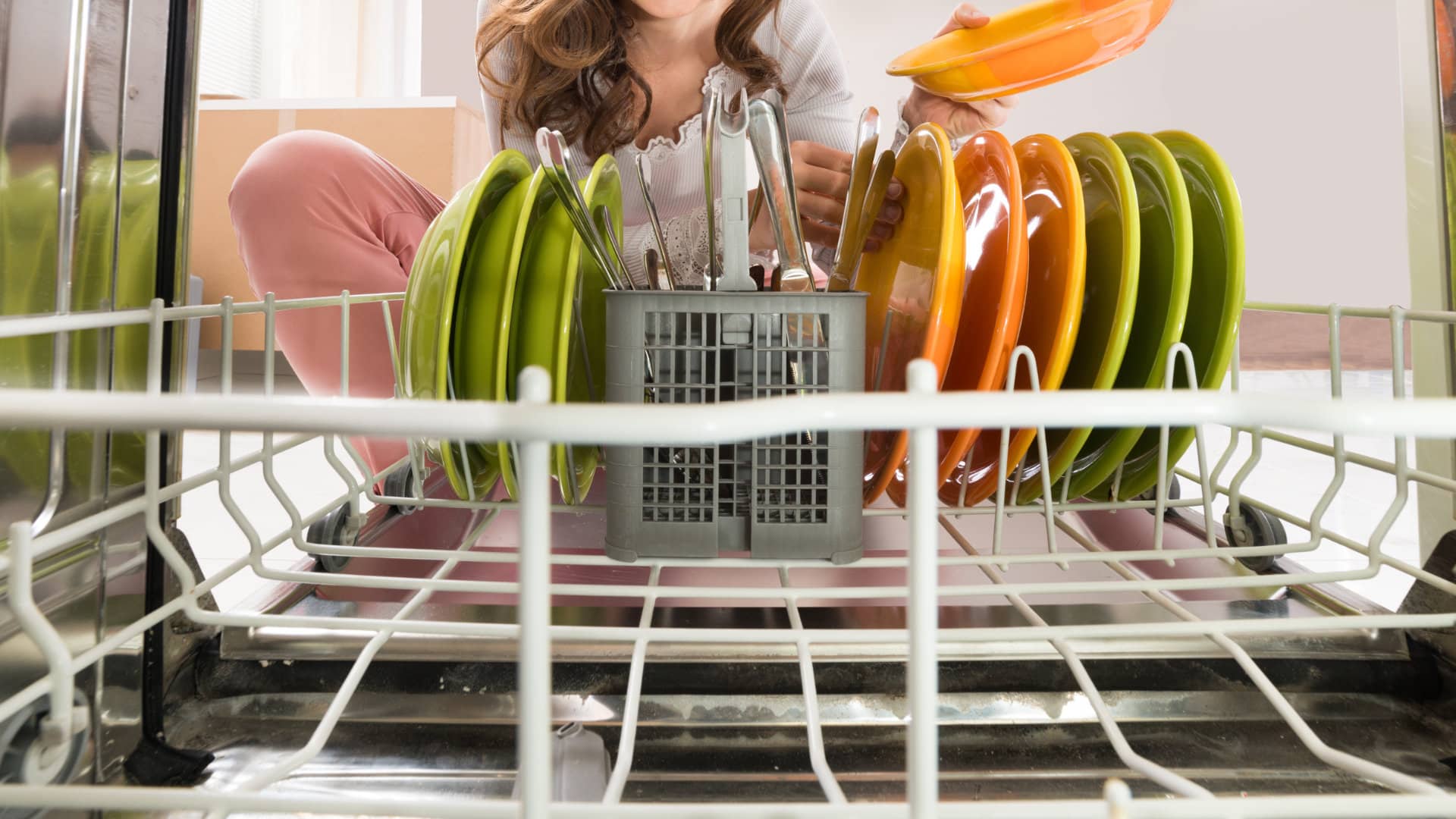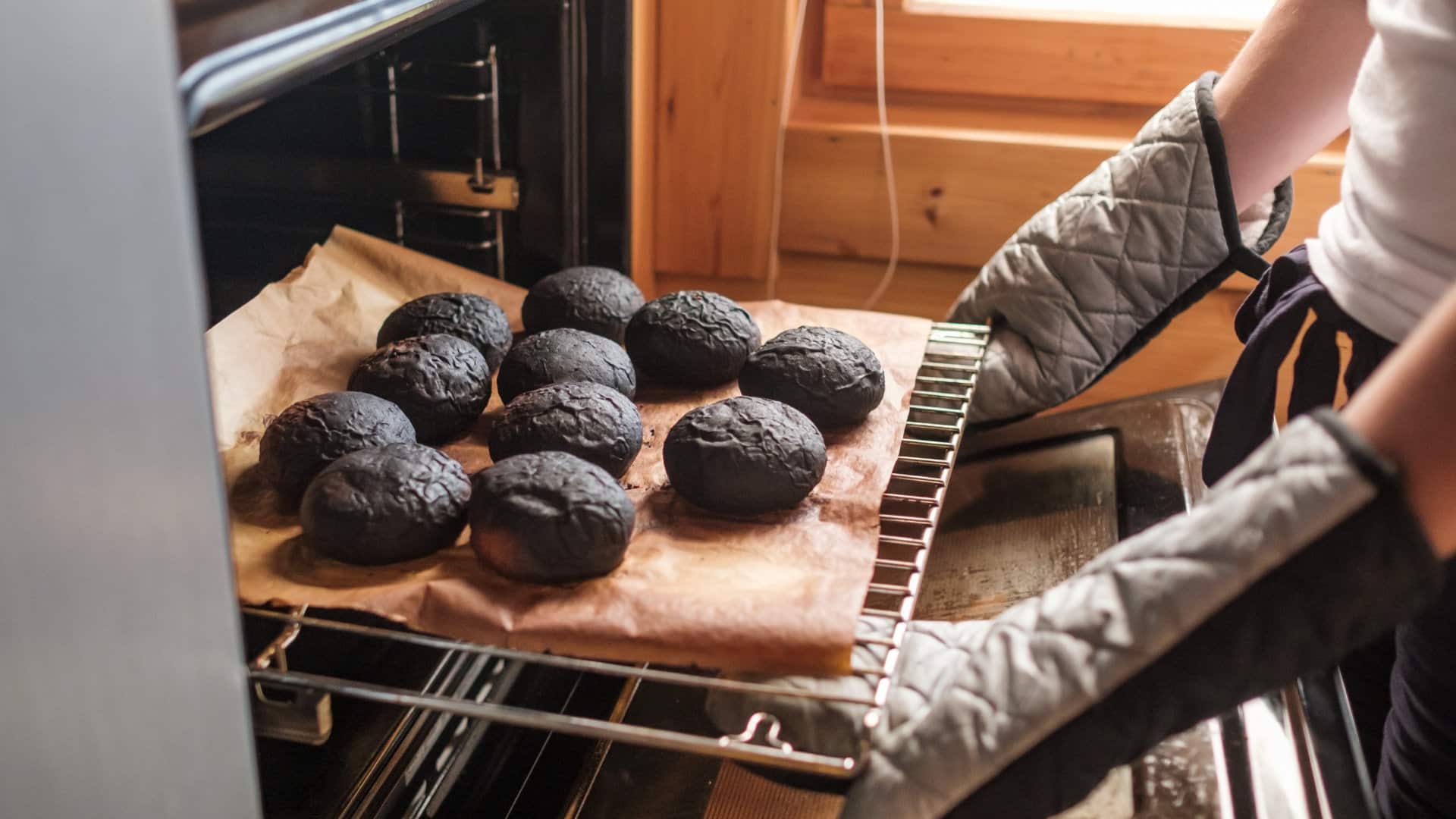
Your oven is probably one of the most used appliances in your home. If it overheats, it prevents you from being able to cook food properly. This can be disruptive for you and your family.
When your oven is overheating, one or more components have likely become faulty. To stop your oven from overheating, you need to find the exact cause and fix it. In this guide, we inform you of the top five causes and then give you instructions on how to fix them.
Cause 1 – A faulty thermostat knob
If the thermostat knob is faulty, your oven might heat to the wrong temperature. Checking the thermostat knob is easy to do and doesn’t require any technical knowledge if it has simply moved out of position. If the knob is damaged beyond repair, you might be able to replace it yourself too.
Follow these steps to check the thermostat knob:
- Make sure the thermostat knob is properly installed. If the knob is loose, try to reinstall it correctly. You can then check if the temperature can now be set correctly. If not, check the thermostat sensing bulb.
- If the knob can’t be reinstalled correctly, remove the knob and inspect it for signs of damage. If damaged, you’ll need to purchase a new knob and then install it.
- Once a new knob is installed, check if your oven has stopped overheating. If not, check the thermostat sensing bulb.
Cause 2 – The thermostat sensing bulb might be faulty
Most ovens have a sensor bulb that’s connected to the thermostat. The purpose of the bulb is to monitor the air temperature in the oven so the thermostat knows when to tell the control board to increase or decrease the heat. If the bulb becomes defective, your oven will overheat.
Follow these steps to check the sensing bulb:
- Before checking the sensing bulb, make sure the oven is cool.
- Locate the thermostat sensing bulb. You can find it at the rear of the oven secured in place with mounting clips.
- Once located, inspect the bulb for signs of damage or if it has come off the mounting clips. If so, reattach it properly to the clips. Make sure the bulb isn’t touching the sides of the oven. If it is, gently use a pair of pliers to relocate the bulb unit.
- Next, gently clean the bulb. Sometimes the bulb can get covered in grease and grime, which prevents it from working correctly.
- If the bulb is damaged beyond repair, it needs to be replaced. To replace the bulb, you have to order the correct replacement part and then install it. This repair is quite straightforward so you should be able to do it yourself.
- Once the new sensing bulb is installed or the old one has been cleaned, check if your oven has stopped overheating. If not, check the heating element.
Cause 3 – The heating element is faulty
If your heating element has become faulty, your oven might overheat. Over time, the heating element will wear out and need to be replaced. Assuming it’s an electric oven instead of gas.
Follow these steps to check the heating element:
- Switch the power supply to your oven off.
- Locate the heating element.
- Inspect the element for any signs of damage.
- If damaged, the element needs to be replaced.
- Check if the heating element is loose. If so, you should be able to tighten the screws that hold it and its brackets in place. If the elements aren’t loose, move on to checking the oven fan.
- Once the element has been repaired or replaced, turn your oven on and check if it has stopped overheating. If not, check the oven fan.
Cause 4 – The oven fan might be faulty
If you still haven’t found the cause of your oven overheating, the next cause to check is a faulty oven fan. If you can hear loud noises coming from your oven while it’s operating, the fan could be the source. If the fan is faulty, your oven won’t be able to heat to the correct temperature.
Follow these steps to check the oven fan:
- Switch the power off to the oven.
- Locate the fan at the back of the oven.
- Remove the fan cover.
- Attempt to rotate the oven fan manually 360 degrees.
- If the fan doesn’t move smoothly, remove any debris obstructing it. You can then clean it thoroughly.
- If the fan can’t rotate freely even after it’s been cleaned, this means it’s defective and needs to be replaced.
- Once the fan has been cleaned and/or replaced, turn your oven on and check if it’s stopped overheating. If not, check the oven vent.
Cause 5 – The oven vent might be faulty
The oven vent is how hot air gets out of your oven. If the vent becomes blocked, your oven might overheat because air cannot escape when it needs to.
Follow these steps to check the oven vent:
- Locate the oven vent.
- Inspect the vent for any blockages and/or excess grease and grime. If blocked, clean the vent out with hot soapy water or a commercial cleaning spray.
- If you cannot tell if it’s blocked, turn your oven on and check if you can feel hot air escaping through the vent. If not, this indicates it’s blocked and needs to be cleaned out.
- Once cleaned, turn your oven on and check if it has stopped overheating. If not, you need to get a technician to come and inspect your oven to see if they can determine why it’s overheating.
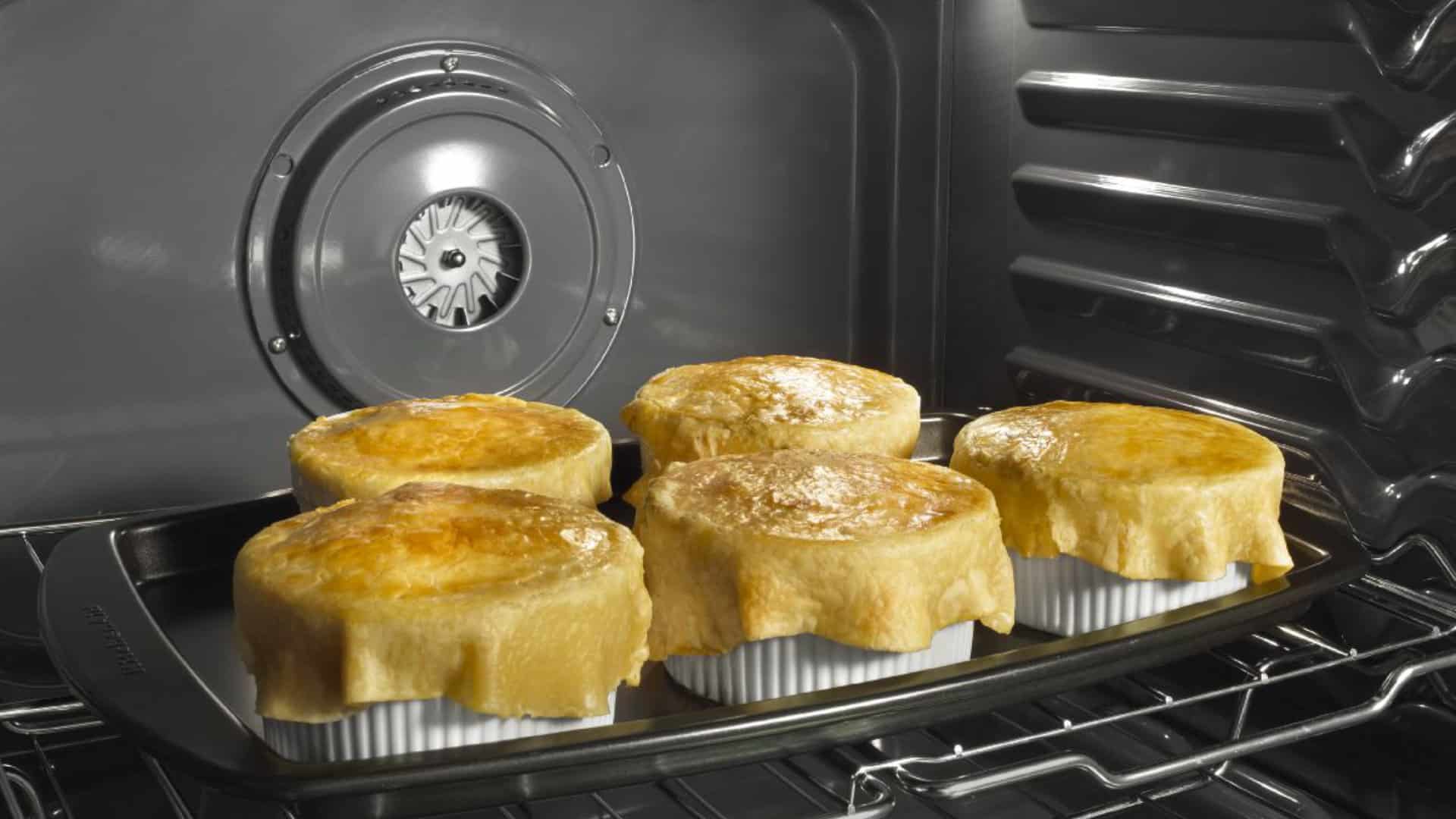
How to Fix Whirlpool Stove F9 Code
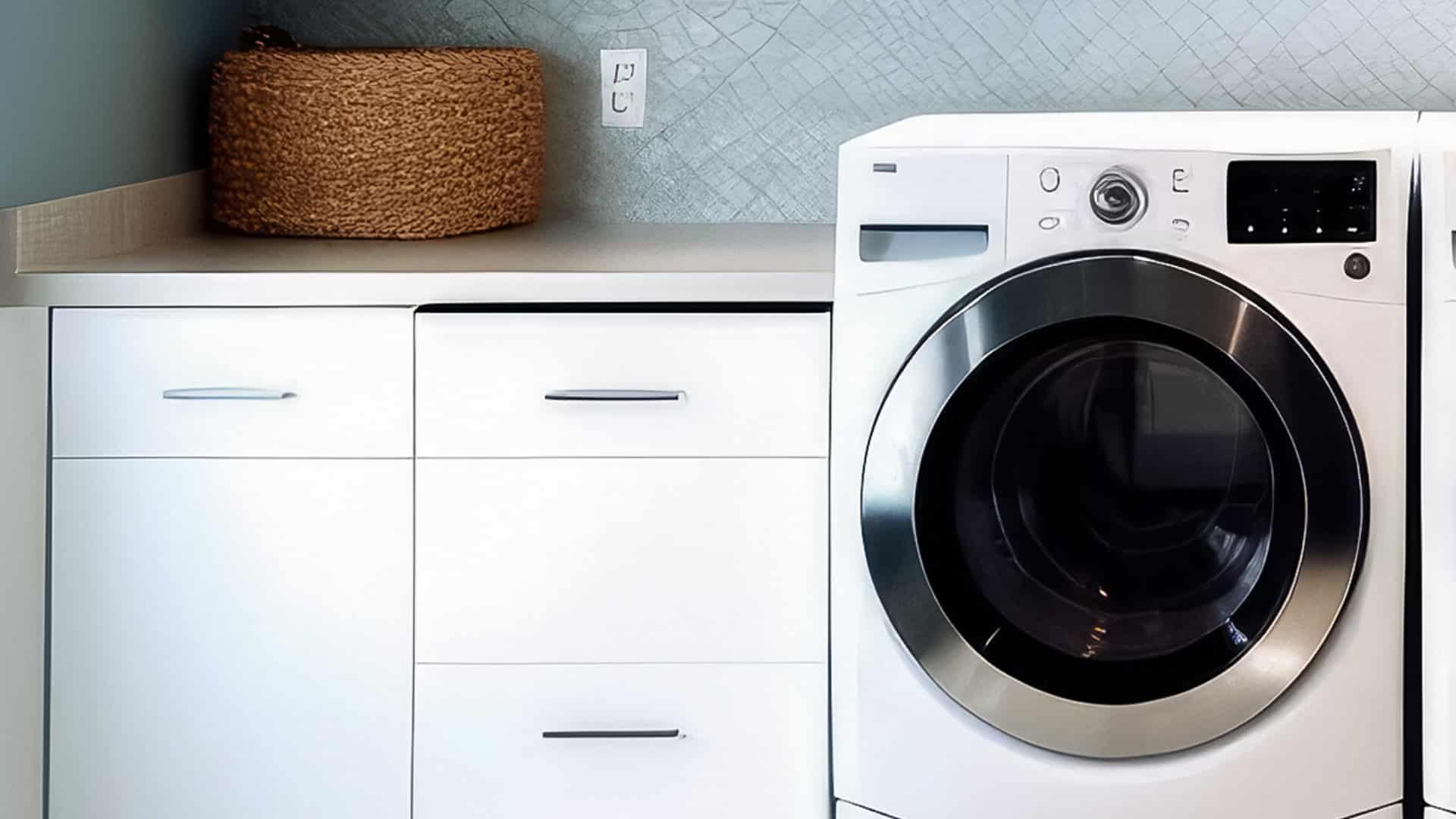
Fix Whirlpool Duet’s F20 Error Code
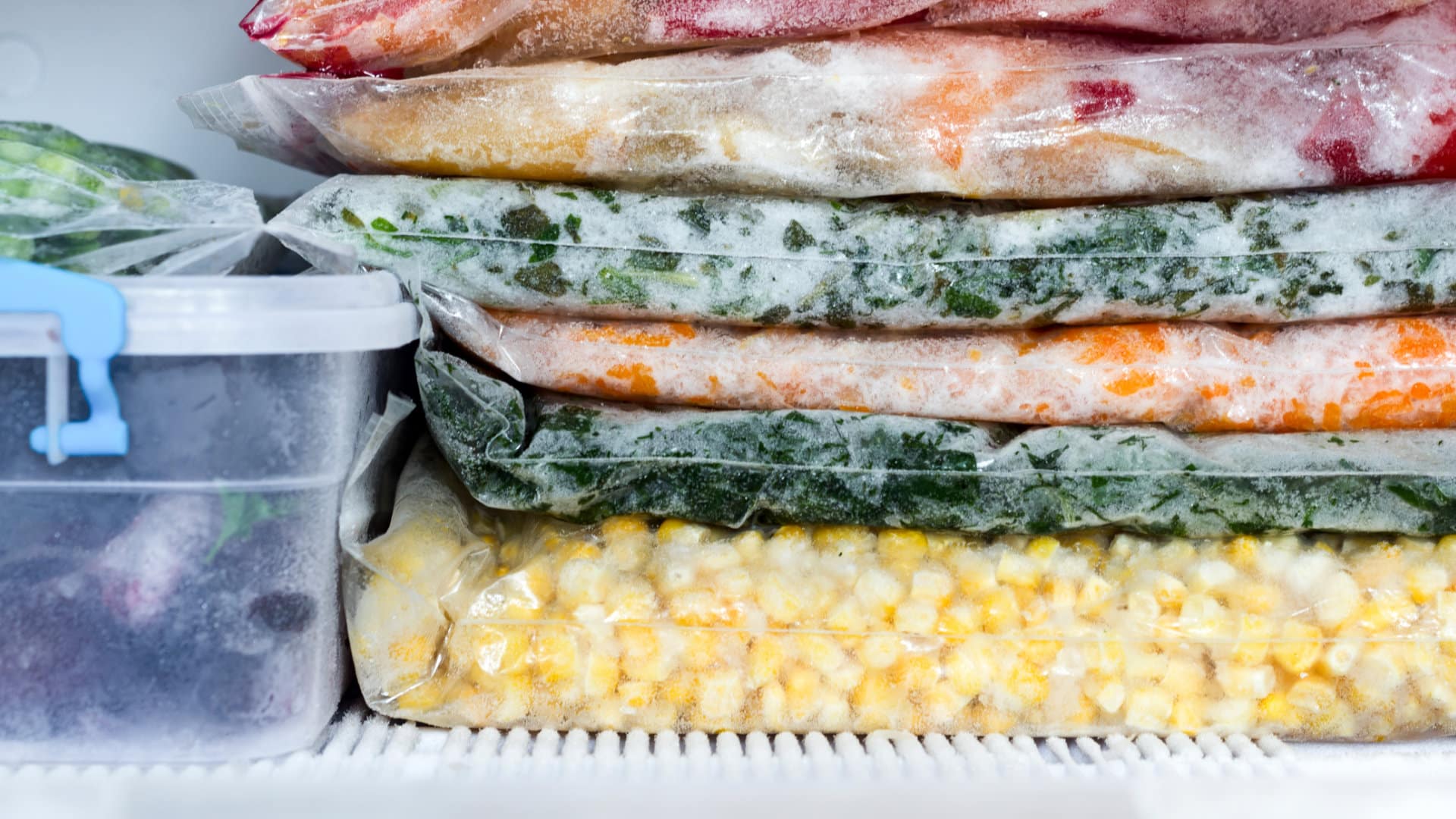
Freezer Working But Not Fridge? 5 Fixes

Speed Queen Washer Error Codes Explained
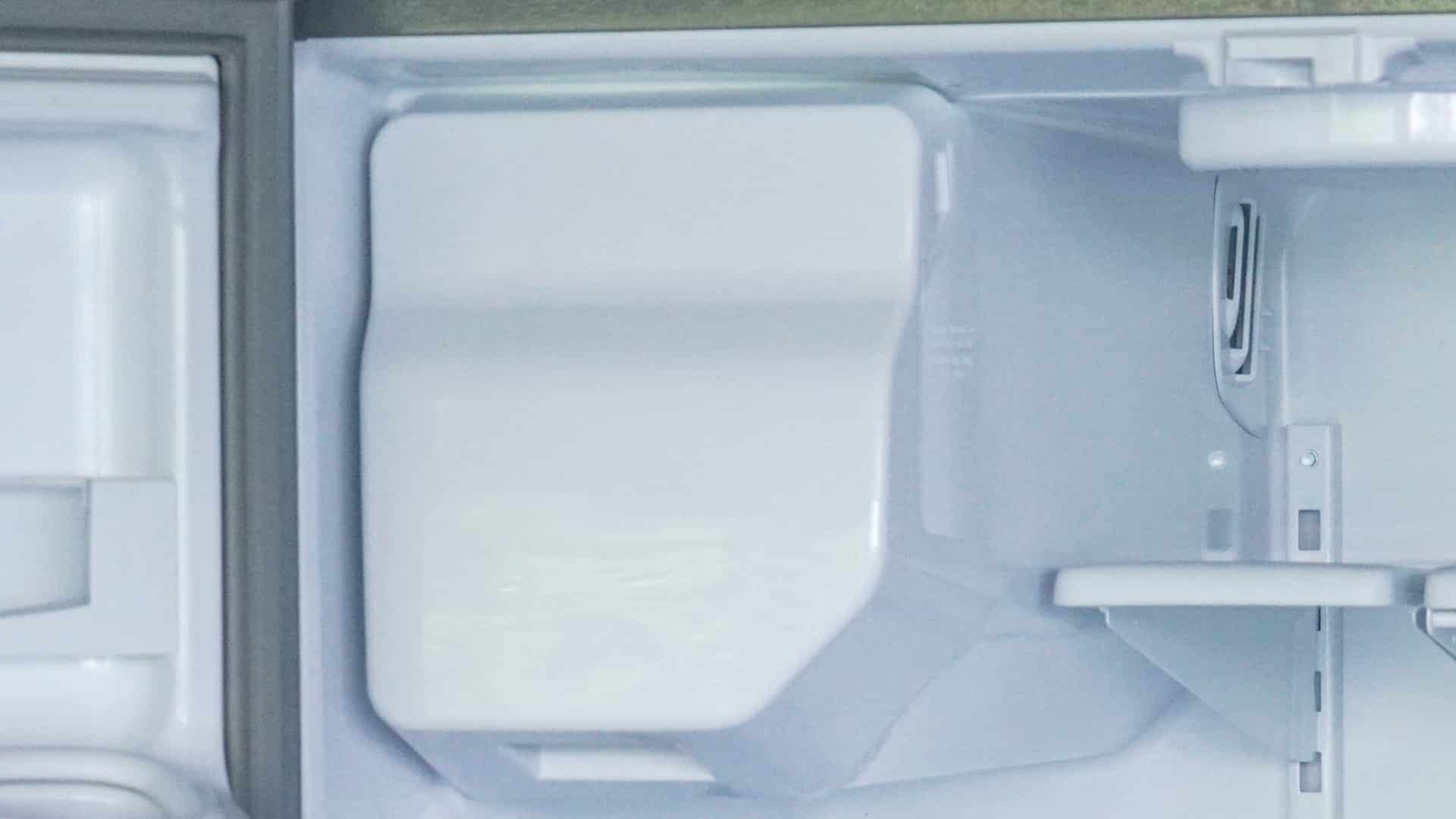
7 Reasons Why Your KitchenAid Ice Maker Isn’t Working

LG Oven F9 Error: Here’s How to Fix It
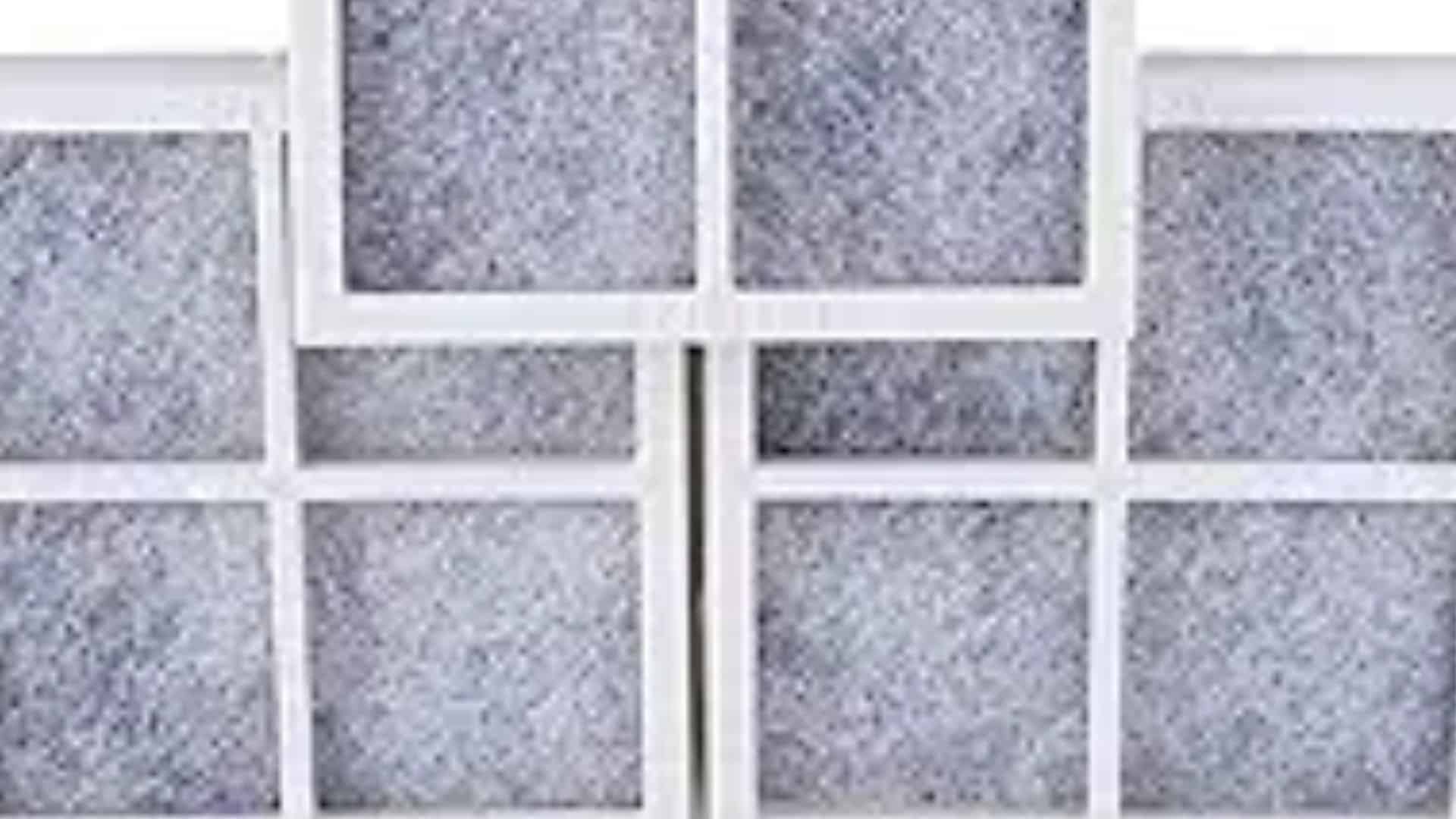
How to Replace an LG Refrigerator Air Filter
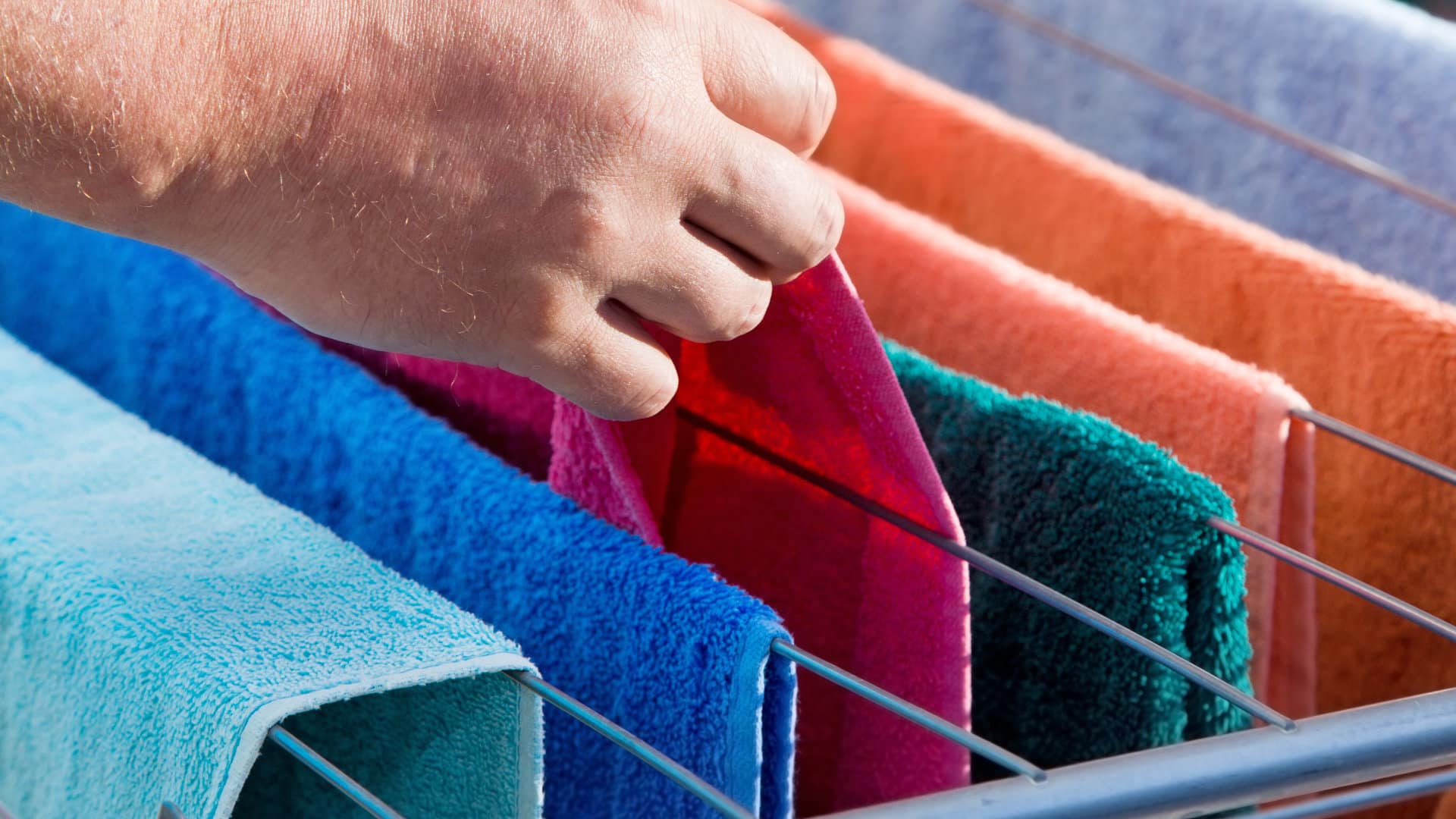
What Do Dryer Sheets Do?

How to Cook Corn on the Cob in the Microwave
